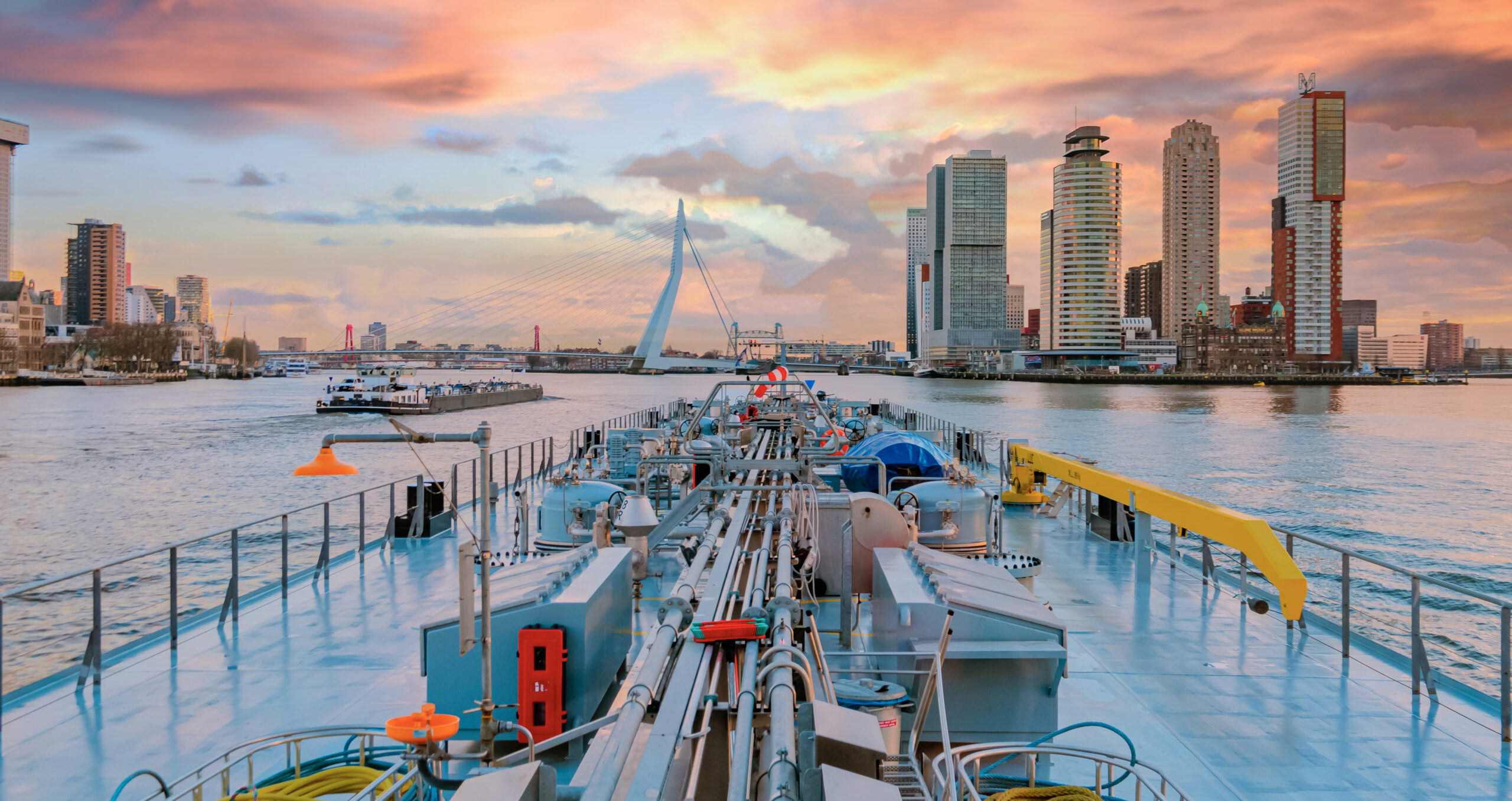
Draft proposal on decarbonising shipping not Paris-aligned, sources

Member states of the International Maritime Organization have started discussions on a draft proposal, which includes a shipping levy but does not include 1.5C targets.
Negotiations between member states of the UN body tasked with maritime matters resumed Thursday afternoon, following the internal release of a draft greenhouse gas strategy.
A source inside the negotiations noted that the draft, parts of which have been seen by Sustainable Views, is not aligned with a 1.5C scenario, meaning it does not fulfil the climate goals set out by the Paris Agreement in 2015.
The document does, however, include a shipping levy, the source and another observer said. The levy is structured as an economic measure, on the basis of a maritime greenhouse gas pricing mechanism yet to be determined, the second observer added.
Several versions of a potential shipping levy will be going through an impact assessment with the timelines previously reported by Sustainable Views maintained in the draft proposal, the source inside the negotiations confirmed. These include impact assessments of mid-term technical and economic measures to reduce emissions to be finalised by October 2024, with potential approval of these measures in April 2025. The measures would then come into force not sooner than May 2027.
However, the most contentious elements of the draft proposal currently debated are the short, mid and long-term decarbonisation targets.
The draft document includes a vague net zero commitment defined as “by or around, ie, close to 2050”, followed by an acknowledgement of member states’ different decarbonisation journeys: “taking into account different national circumstances”. The net zero paragraph also mentions continuing efforts towards phasing out emissions as called for in the Paris Agreement, but falls short of setting such targets.
The document then lists “indicative checkpoints” related to the 2030 and 2040 decarbonisation targets.
It says that the total annual emissions from international shipping should be reduced by at least 20 per cent, by 2030, compared with 2008 levels, but that the “striving” target should be 25 per cent.
Following that, emissions should be reduced by at least 70 per cent by 2040, compared with 2008 levels, but the “striving” target is set at 75 per cent.
Other elements in the strategy include the reduction of the carbon intensity of international shipping by at least 40 per cent by 2030, compared with 2008 levels; and the uptake of zero or “near-zero” greenhouse gas fuels to represent at least 5 per cent of the energy used by international shipping, by 2030. The “striving” target for the low-carbon fuels is set at 10 per cent.
The two observers have requested anonymity because negotiations are still ongoing and reiterated that the current draft could change considerably in the coming hours, and that an official announcement will be made on Friday.
Despite the strategy not requiring unanimity among member states, consensus is a preferred option as any vote at the plenary would be considered highly divisive and mostly political, the source inside the negotiations said. They described the current situation as “tense”.
Meanwhile, a spokesperson from the IMO has notified the press that the report on the greenhouse gas strategy should be accessible on Friday morning.
Similar Articles

Farmland investment and ‘green grab’ threatens food security

In Brief: US EPA issues final methane emissions reporting rule; Australia publishes ‘Future gas strategy’


